3 Ways to ‘Level Up’ Your Savings
Our team is always looking for ways to help our members increase savings and utilize all we have to offer at Source1 Purchasing. Here are 3 ways to maximize your membership:
1. Utilize your Program Development Manager
Each member has access to a Source1 Purchasing Program Development Manager (PDM) who serves as the point of contact to a one-stop-shop for supply chain-related solutions. Discuss your goals and needs for the month, quarter, or year, and collaborate with him/her to develop a strategy that works.
Discuss your goals and needs for the month, quarter, or year, and collaborate with him/her to develop a strategy that works.
A Descending Dollar Report is one of the tools your PDM uses to ensure you identify the items or suppliers with which you’re spending the most amount of money. For instance, the program development manager can help you select different toilet paper and sugar packet options. Although your choice of toilet paper outspends sugar packets 20 to one, the impact you see on the bottom line may not be as significant from a return on investment (ROI) perspective. In that case, it could be more beneficial to align on contracted items that offer leveraged pricing and/or rebates for this category.
Another way your PDM can help is by connecting you to suppliers and partners to leverage their expertise.
Suppliers possess invaluable product knowledge that can result in cost savings or in better-quality options. Recently for example, a supplier for trash bags/can liners shared with us that 40 percent of the trash liners purchased today are too heavy or big.
If you look at kitchen trash bags (with the most common sizes being 55 and 33 gallons), there are about 40 different SKUs being purchased of all different sizes just to fill these trash cans. Working with those experts can ensure appropriate choice of bag size and density to deal with the type of waste you’re putting in the can. Purchasing the right one can result in cost savings.
2. Leverage Your Data
Evaluate the second or third distributors that you’ve consistently been using. By sharing your purchasing data with us, we can utilize analytics that will identify where there are contracted opportunities. The data will show whether to buy that exact product from a different truck or to identify a new supplier to handle the same category and quality of the item you’re already buying. Thanks to the Source1 Purchasing program suppliers and distributors, the cost will be at a leveraged rate.
Additionally, for members interested in learning more about our program after regular business hours, visit the Source1 Purchasing online community. All of our supplier programs can be found there along with the categories they cover, overall program benefits, and ways to access those programs — either through your broadline distribution or a supplier you buy from directly.
By sharing your purchasing data with us, we can utilize analytics that will identify where there are
contracted opportunities.
3. Leverage Supplier Relationships
While product quality and price are important, safety is something that may not be at the forefront of members’ minds. There are a lot of programs that certify safety. One of the top ones is Safe Quality Food (SQF) and it has different levels. We work with suppliers by asking them what kind of food safety or product safety certifications they have to ensure the product reaching the end user every day is safe; and, what product recall procedures they have in place, should something happen.
One of Source1 Purchasing’s alliance partners, Fresh Concepts, is able to activate on produce recalls within 45 minutes of getting the first notification and communicating it to the distributors and end users. This quick product recall procedure response shows how Fresh Concepts takes consumer safety seriously.
Take maximum advantage of contracted programs to reduce your costs and add those cost savings straight to the bottom line to improve your margin. Evaluate your products so you have the right mix and quality of ingredients. By raising the quality, sales going through the pipeline increase as does your overall revenue.
At Source1 Purchasing, many of our members are management groups for which we provide custom analytics. We can customize dashboards and update them monthly for management companies that have their own direct deals in place or MDAs with their distributors that allow for incentives like drop size or house brand usage. If you’re an existing member, inquire with your Program Development Manager or, for prospective members, speak with a sales manager.
Take maximum advantage of contracted programs to reduce your costs and add those cost savings straight to the bottom line.
If you’d like to find out more about your Source1 Purchasing solution or maximize your participation, contact us at 888-411-9987.
How are you going to maximize your Source1 Purchasing membership in 2019? Please let us know by commenting, below.
Steve Larkin possesses 15 years of experience in hospitality including the restaurant and food services industries. His culinary background as a chef brings a unique perspective and approach to the business. Currently, he serves as the Director of Purchasing for Source1 Purchasing.







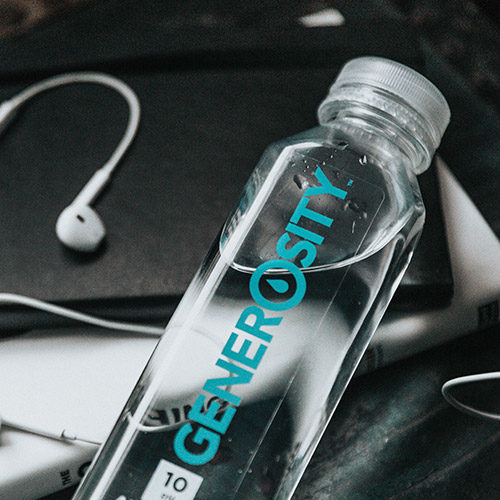






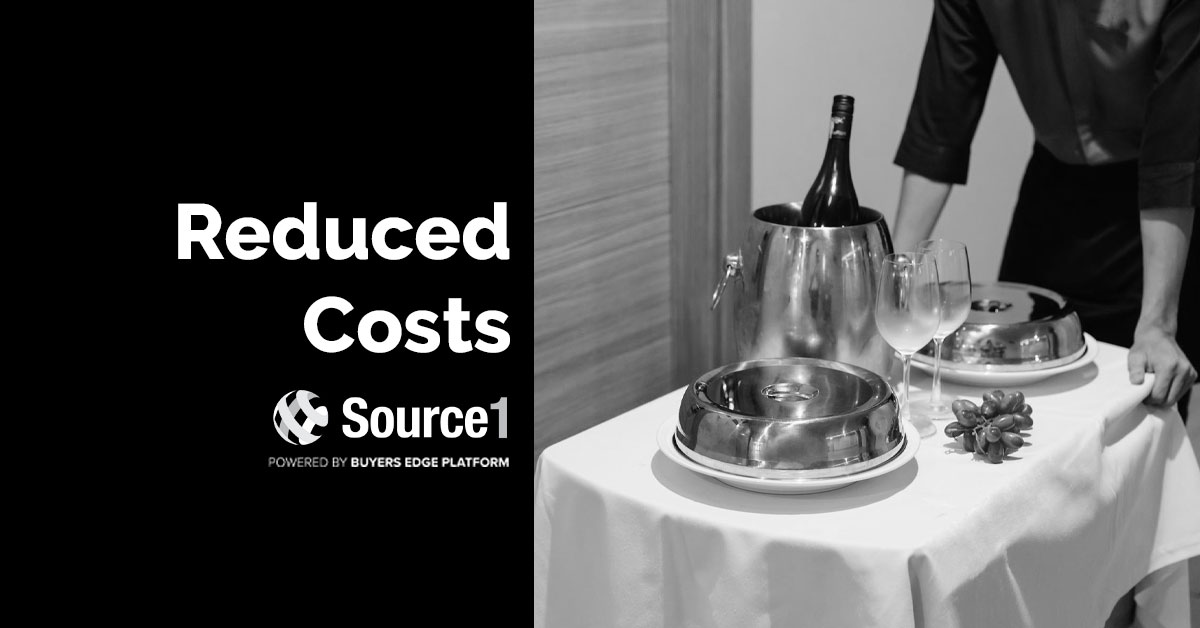
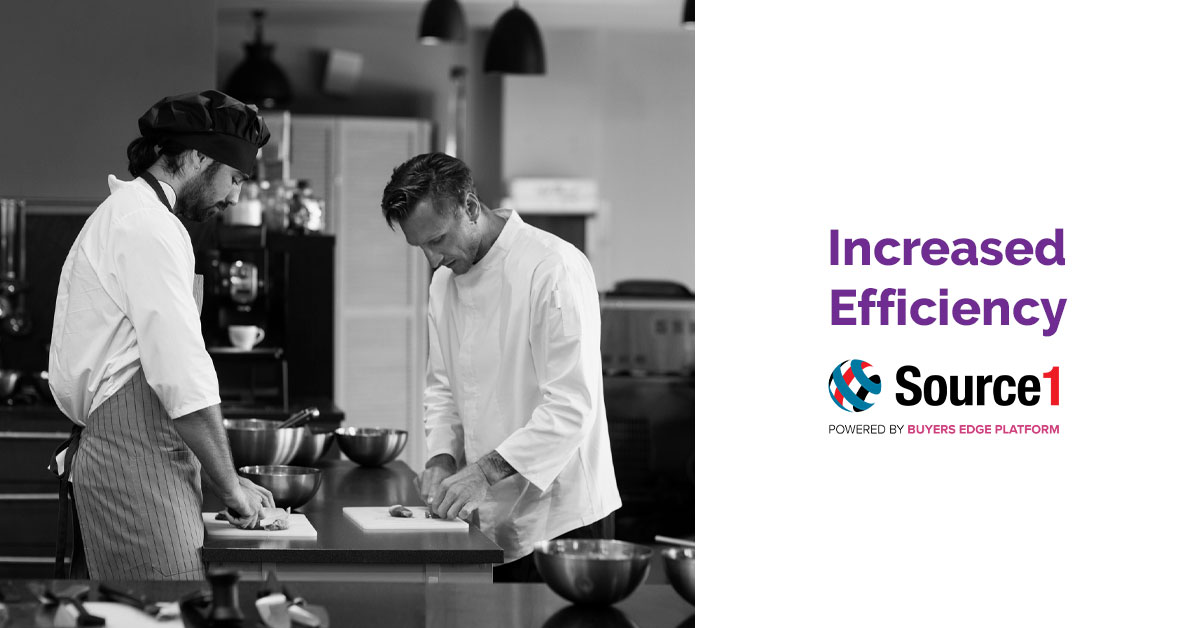
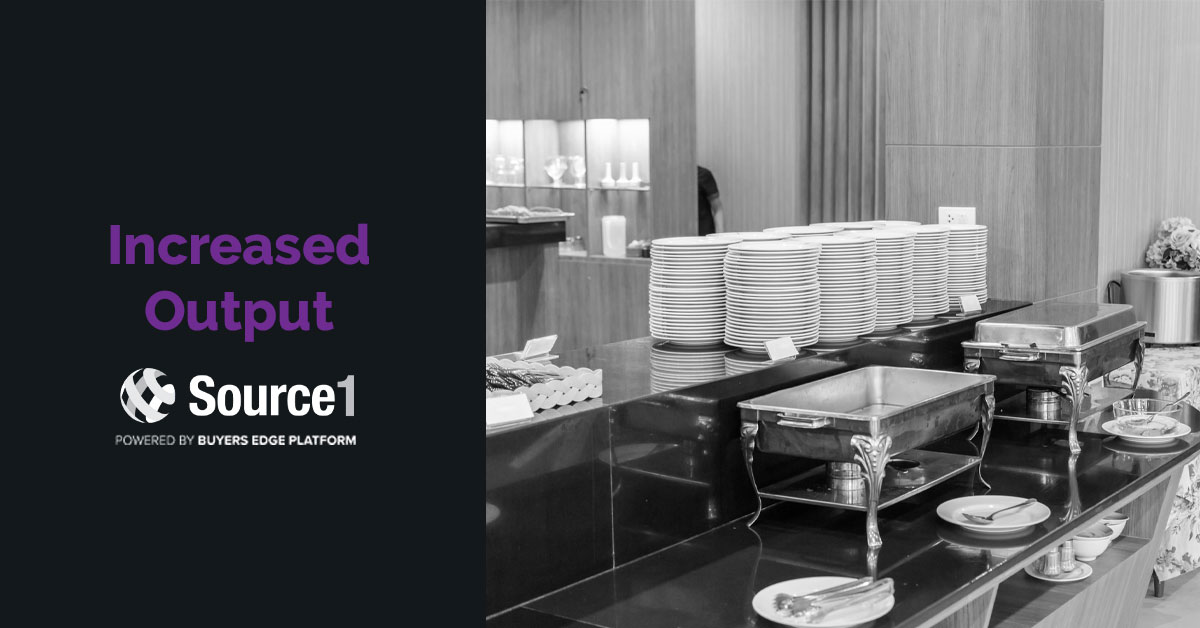
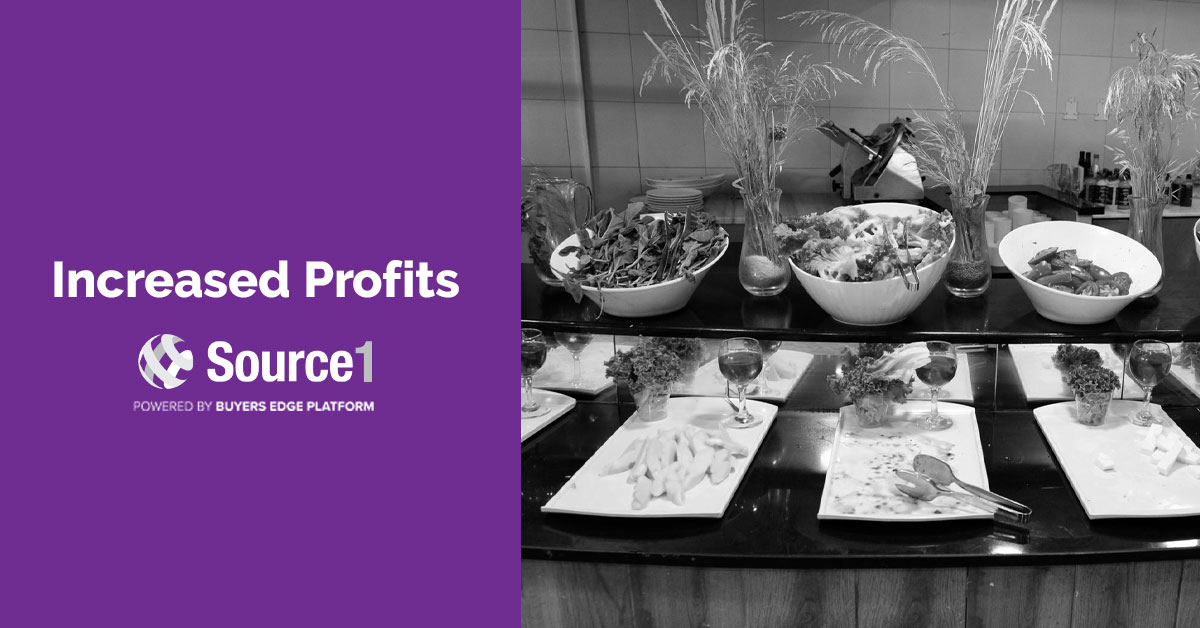
 Chris Butsch is a professional speaker and business author helping companies slash disengagement and turnover by keeping their best people happy.
Chris Butsch is a professional speaker and business author helping companies slash disengagement and turnover by keeping their best people happy.


